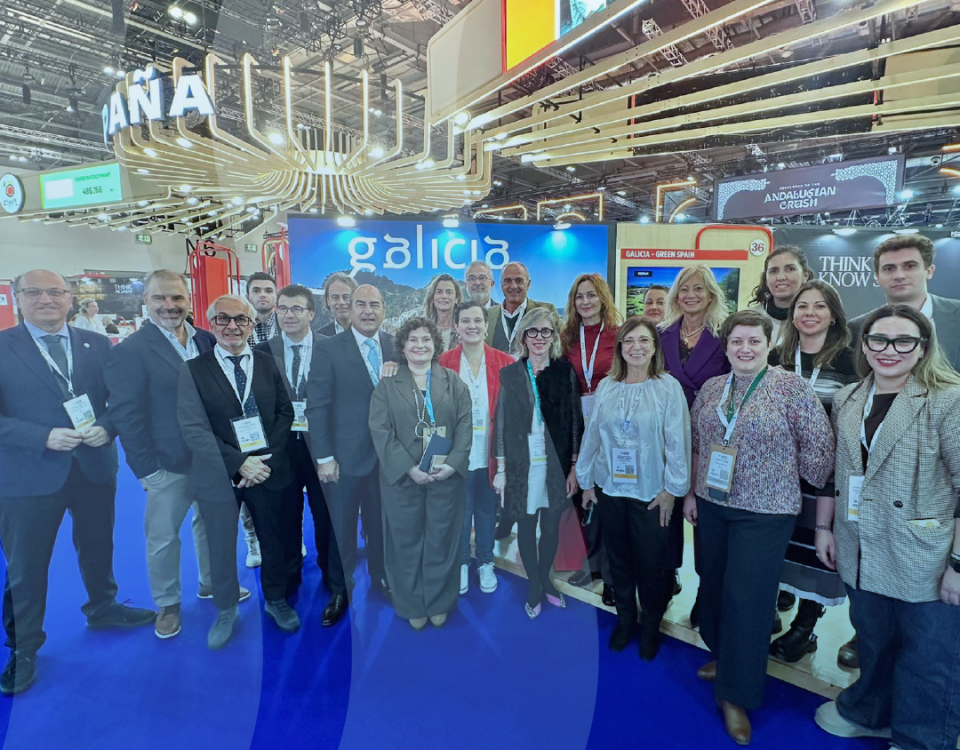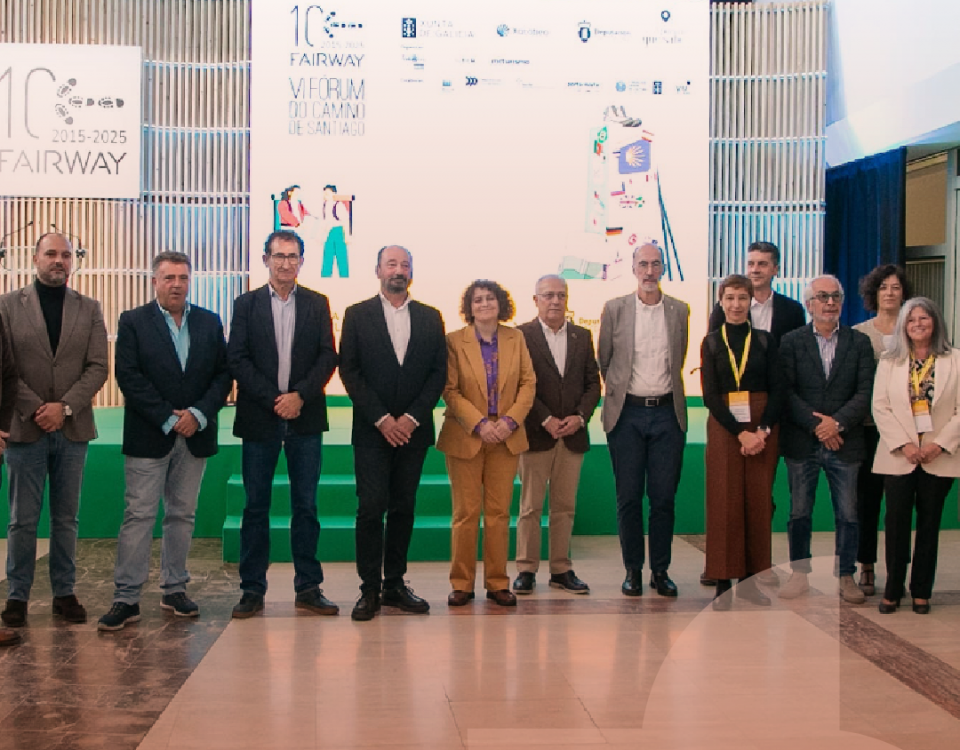- El mejor turismo de galicia
The Camino de Santiago moves towards a more inclusive experience with a new guide of good practices
The Camino de Santiago moves towards a more inclusive experience with a new guide of good practices
- The initiative is part of the European project ULTREIA-Sudoe.
Within the framework of the European project ULTREIA-Sudoe, a good practice guide has been presented to promote inclusivity and accessibility on the Camino de Santiago. This manual, prepared with the collaboration of entities from Spain, France and Portugal, is aimed at managers, administrations and key actors involved in the management of these pilgrimage routes.
The document proposes concrete measures to improve physical, communicative and informational accessibility. The recommendations include the use of tools such as easy reading, pictograms and alternative communication systems, as well as the application of DALCO criteria (Wandering, Apprehension, Location and Communication) to guarantee that all people can enjoy the Camino under equal conditions. .
This project seeks to implement a transnational strategy that allows these inclusive practices to be extended to various routes of the Camino. Specifically, work will be done in several sections of Galicia, Castilla y León, France and Portugal, with the aim of creating a universally accessible experience for pilgrims from all over the world.
The initiative also highlights the role of rural tourism in sustainable development. With the Camino as the central axis, the project aims to reactivate local economies and energize the communities that surround these historic routes.
The development of the guide included the participation of entities such as the Santa María la Real Foundation, the Association of Municipalities of the Camino de Santiago Francés (AMCS) and Amica, which led the research on accessibility on the Camino Lebaniego. This study will be the basis for expanding accessibility evaluations to the new sections of the Jacobean routes.
The guide is available for consultation and download on the official page of the ULTREIA-Sudoe project, promoting that the recommendations are applied effectively throughout the road network. With this tool, the Camino de Santiago reaffirms its commitment to inclusion, positioning itself as an internationally accessible tourism model.









